NATIVE HABITAT GARDENS
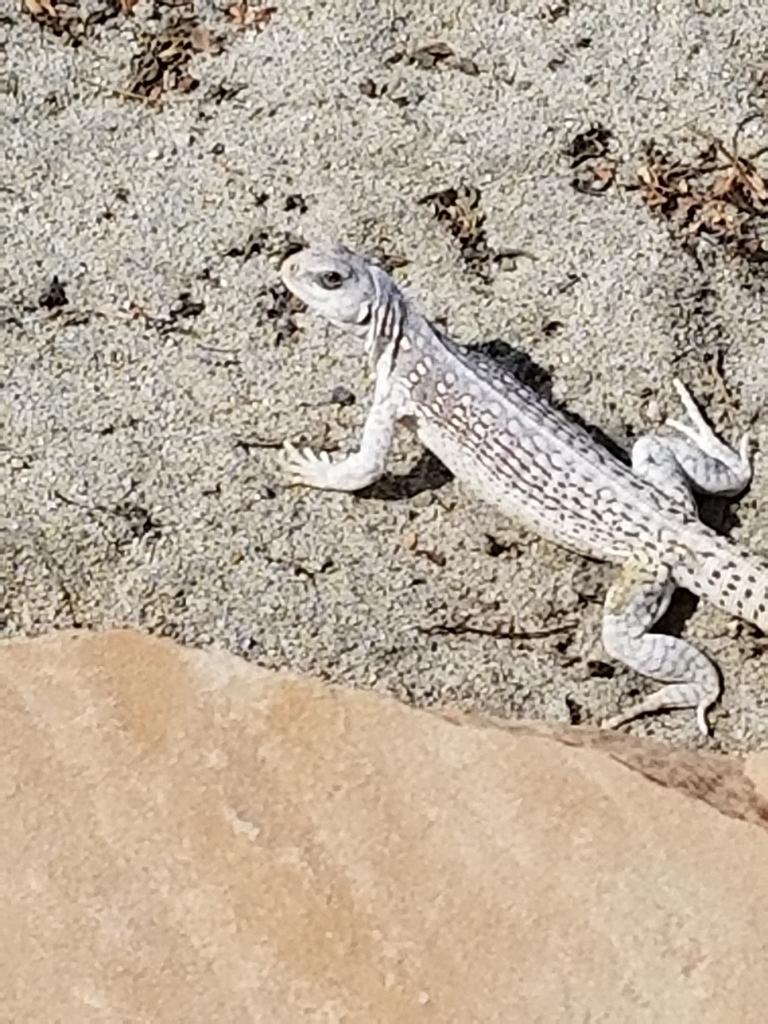
Desert Ecological Communities
Here in the Coachella Valley we have amazing ecological diversity, in fact this is considered a diversity “hot spot” of North America. With elevations from below sea level to over 10,000 feet, and with terrain from blow sand dunes to rocky granite, numerous different ecological niches support their own unique flora and fauna.
Blowsand Dunes – pre-existing
Just a hundred years ago, 270 square miles of the Coachella Valley were blowsand. Already reduced to just 50 square miles in 2000, the historic Coachella Valley Habitat Conservation Plan then designated 5% of the dunes for preservation.
UUCOD is located squarely in the blow sand dunes. The endangered Coachella Valley Milkvetch, one of the species that forced creation of the Habitat Conservation Plan, grows wild on our grounds. Other endangered or rare blowsand species include the fringe-toed lizard, horned lizards, and several small mammals.
We strive to preserve our little bit of blowsand. By providing just a bit of handwatering we keep our milkvetch blooming and dropping seeds every year.
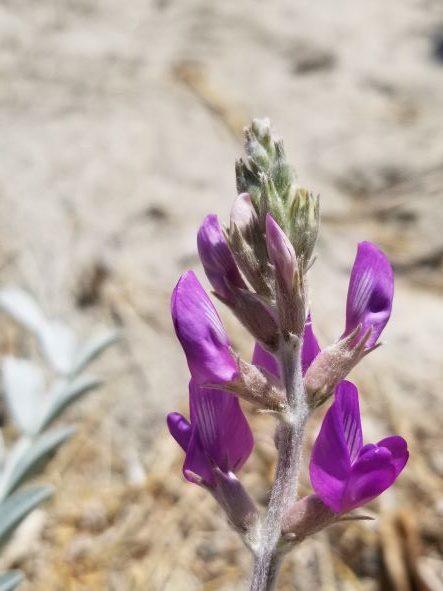
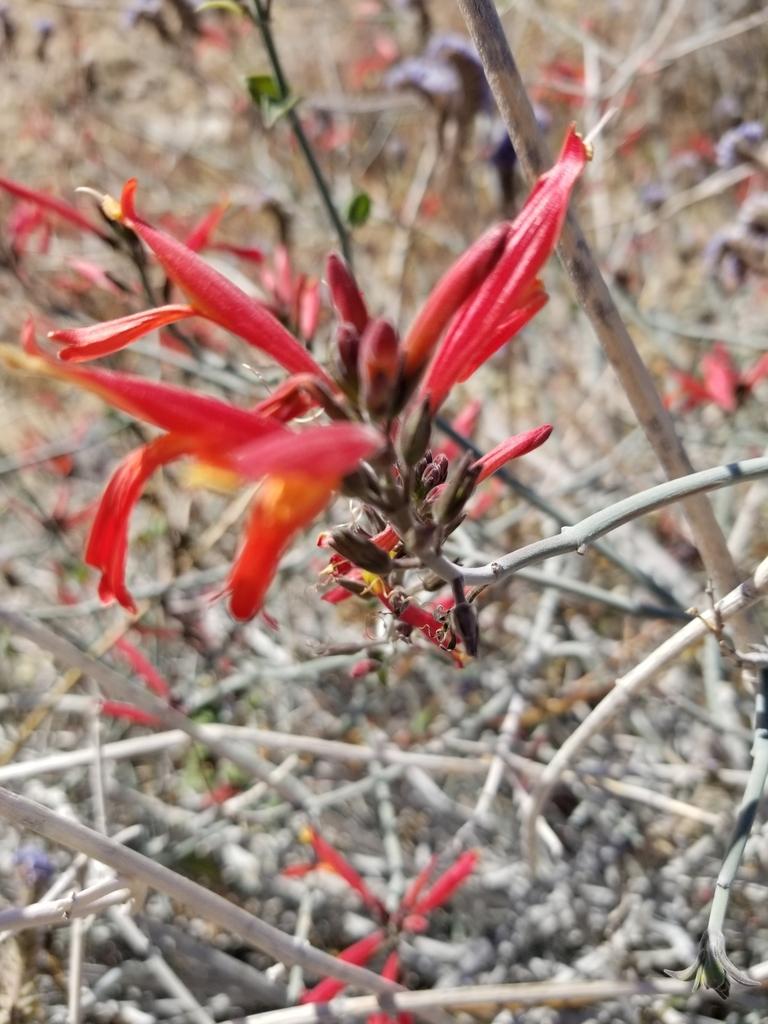
Desert Canyon – Fall 2023
Desert Canyons lead from the desert floor up into the steep mountains surrounding the valley. Formed by running water, these are critical habitat for many species.
Created in the Fall of 2023, our Desert Canyon Garden demonstrates that habitat. With placed rocks and plantings of desert canyon species the garden provides a haven for native species – within weeks of creation, two new species of lizards moved in. The Habitat, open to the public, encourages the community and residents to create beautiful native habitat on their grounds and in their backyards.
Desert Dry Wash – Fall 2024
Extending out of the desert canyons on alluvial fans, the dry wash is another important ecological community. Home to species such as the desert willow and the milkweed, this is a very important habitat for birds and pollinators.
Our vision includes creating a Desert Dry Wash demonstration Garden in the retention pond.
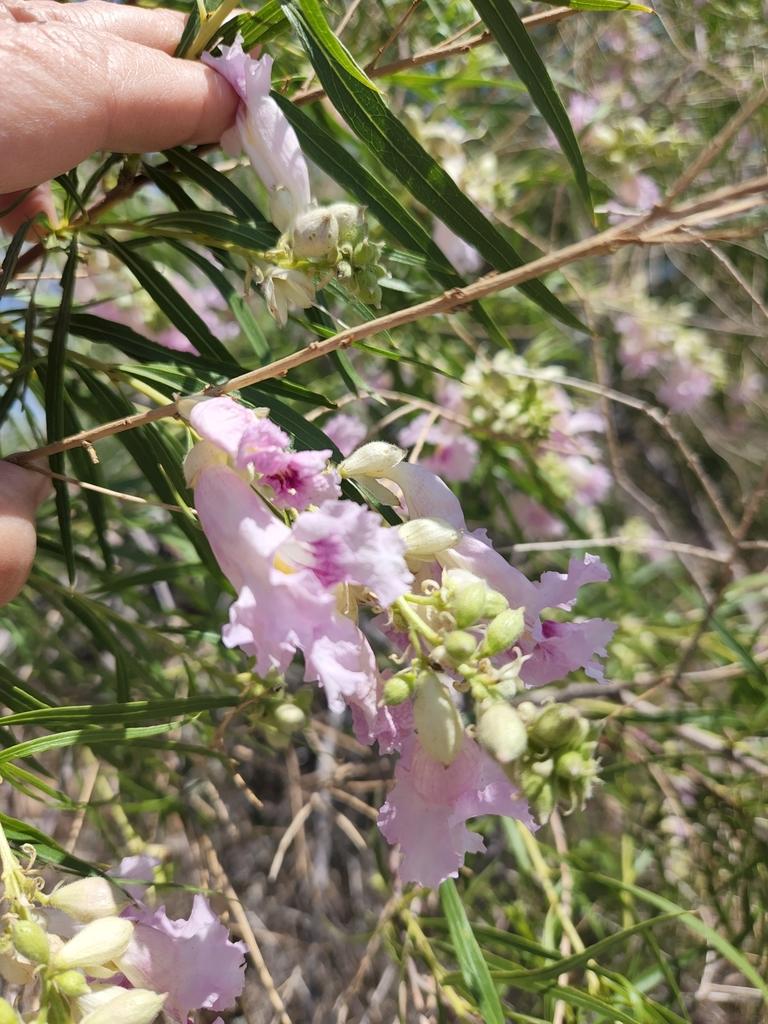
Creosote Scrub – Fall 2024
Another important and large desert ecological community is creosote scrub. The creosote is what gives the desert its magic smell after a rain, and provides underground habitat for reptiles and small mammals.
The UUCOD grounds have some naturally stabilized sand that already supports a healthy desert iguana population (and road runners), and will be the basis of a Creosote Scrub demonstration garden.
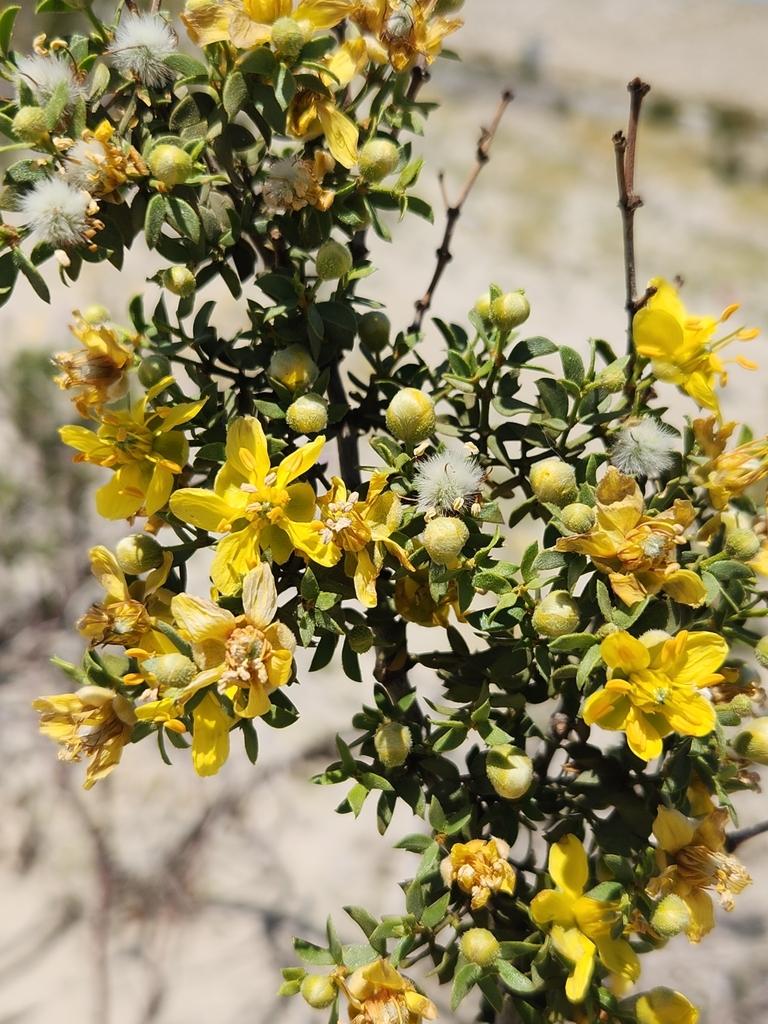
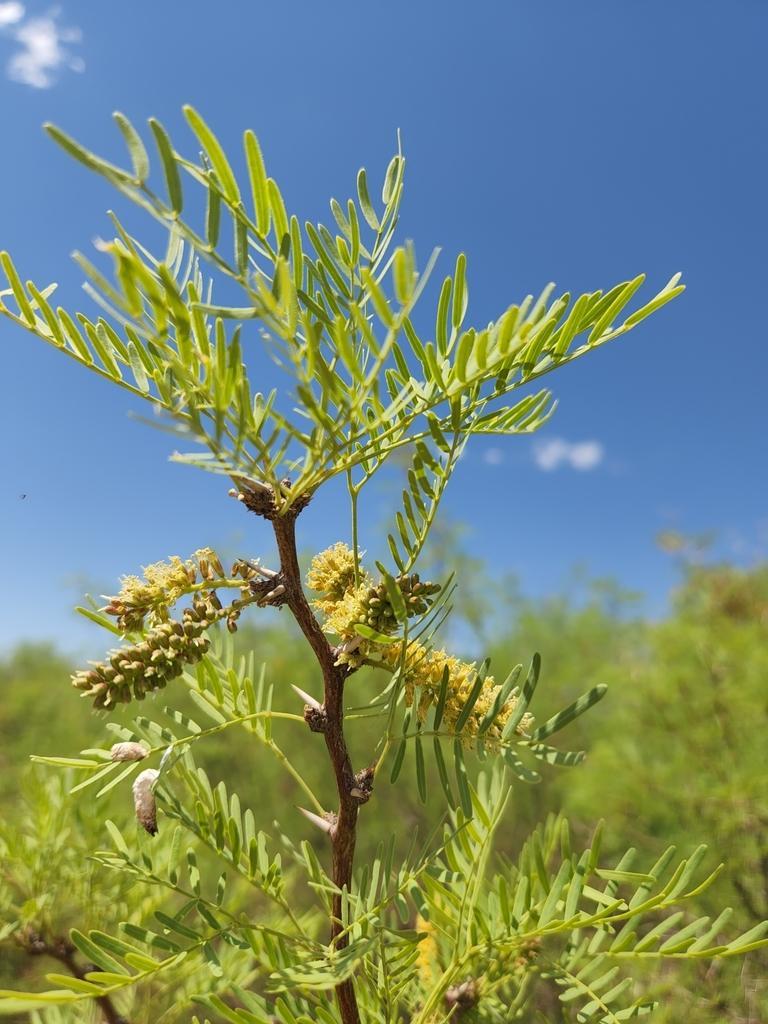
Mesquite – Fall 2023
Once occurring in large numbers at the base of our mountains, the mesquite is a major keystone species that supports abundant life and diversity. Unfortunately, much of the development in the valley is at the base of the mountains and the mesquite has been largely removed.
In the Fall of 2023 we planted a mesquite grove along the south boundary of the grounds. Over time this will become a haven for many species.
More Native Habitat Gardens
We can continue to add other demonstration gardens over time. One idea is a cactus garden with the beautiful beavertail cactus, red barrel cactus and chollas.
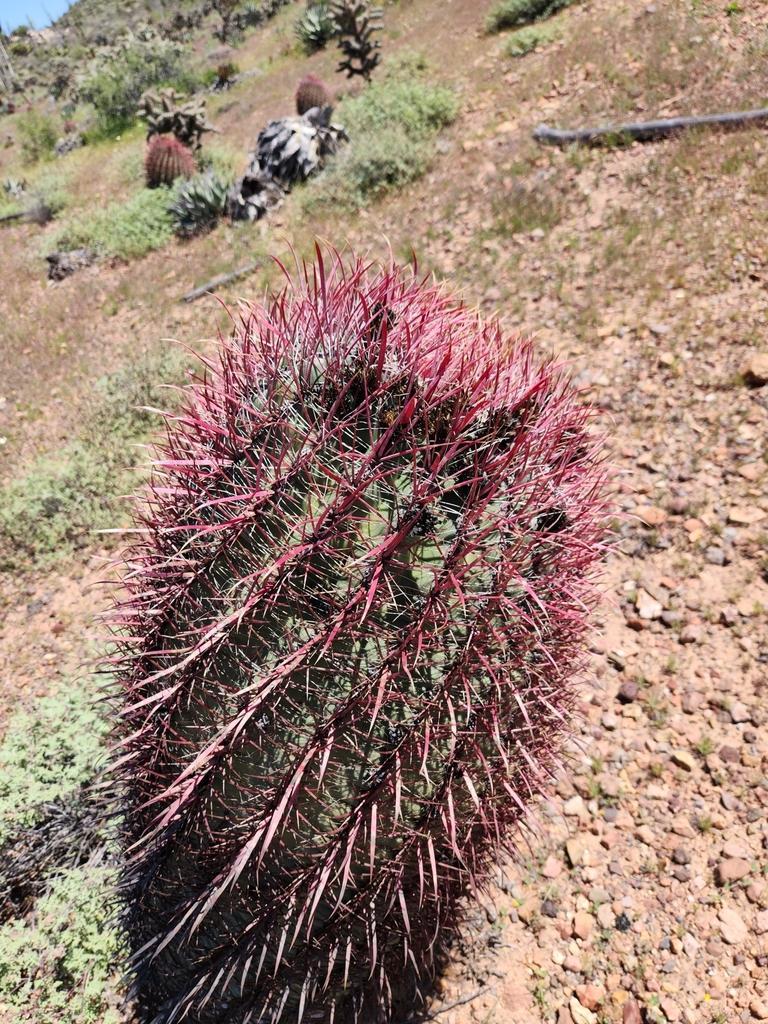
Current Status
The first native habitat was completed in Fall 2023, funded through Sacred Grounds donations. There were numerous opportunities for volunteers to join and deepen their connection to the land.
The Mesquite was also planted in Fall of 2023, and the blowsand area is already in place.
Additional native habitat gardens will be added annually, as donations and volunteerism permit.